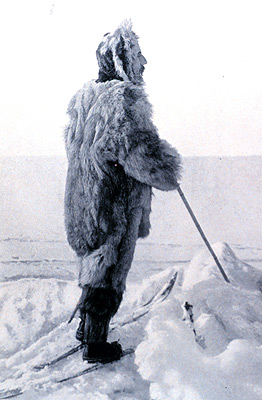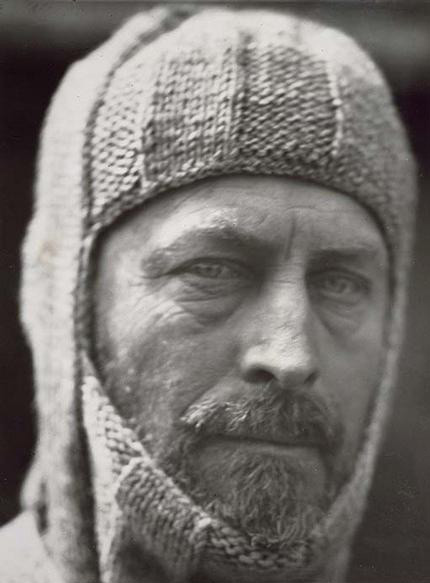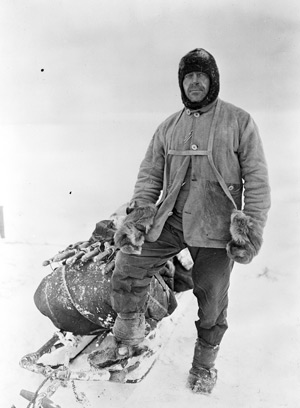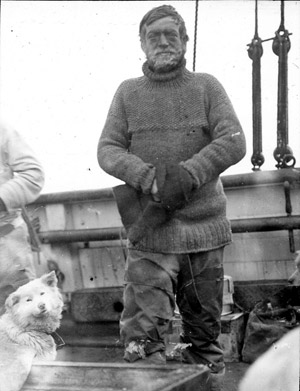Antarctica History - 1898 -1922
The Heroic Age
of Antarctic Exploration
Great things are done when men and mountains meet; They are not done by jostling in the street - William Blake
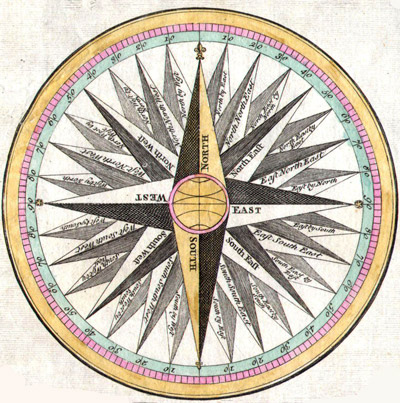 At
the beginning of the 20th century, Antarctic exploration was
in a similar place to the early days of space exploration.
At
the beginning of the 20th century, Antarctic exploration was
in a similar place to the early days of space exploration.
Antarctica was (and still is) a distant place visited by few, largely unknown and only recently brought to public awareness. Photographs were rare, moving pictures even more so and telecommunications were in their infancy.
Exploration of this "Terra Incognita" was at the limit of what was achievable by logistical support, physical endurance and technological capability.
Determined individuals with relevant experience and the ability to generate and draw on support, particularly sponsorship, could mount an expedition. Any kind of scientific study was like dipping into a bran tub. You didn't know what you'd find, but knew you'd find something, it would be useful to science and probably hitherto unknown.
The curtain was opened on the "Heroic Age" when
in 1895 the Sixth International Geographical Congress
meeting in London adopted a resolution:
That this congress record
its opinion that the exploration of the Antarctic Regions
is the greatest piece of geographical exploration still
to be undertaken.
That in view of the additions to
knowledge in almost every branch of science which would
result from such a scientific exploration the Congress
recommends that the scientific societies throughout the
world should urge in whatever way seems to them most
effective, that this work should be undertaken before
the close of the century.
Adventurous men were drawn to this arena like a magnet and over the period of about two decades Antarctica was where some of the bravest and most worthy of explorers ever to have lived, met some of the harshest conditions ever endured.
Some of the expeditions succeeded in their aims, some didn't but often succeeded in something that they hadn't set out to do. It was also of course the era that popularised the concept of the "heroic failure".
Four names
are pre-eminent in this era representing adventures that at
times would be discounted as too fantastic if they had been
written as works of fiction. In alphabetical order, they are:
Roald Amundsen |
Douglas Mawson |
Robert Falcon Scott
|
Ernest Shackleton
Scott for scientific method,
Amundsen for speed and efficiency but when disaster strikes
and all hope is gone, get down on your knees and pray for
Shackleton.
Sir Raymond Priestly
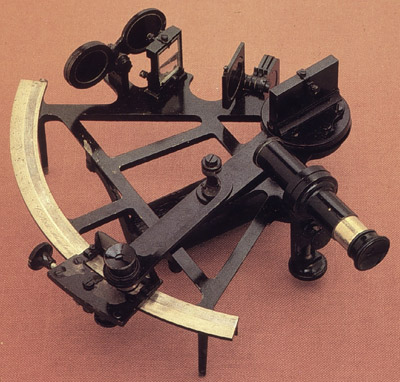 Fortunately
Antarctic exploration has been blessed with a whole host of
men who were able to write about their experiences with eloquence
and sensitivity. Uniquely in any field of exploration
there was a coming together in a short period of a concentration
of character, bravery and literary ability.
Fortunately
Antarctic exploration has been blessed with a whole host of
men who were able to write about their experiences with eloquence
and sensitivity. Uniquely in any field of exploration
there was a coming together in a short period of a concentration
of character, bravery and literary ability.
This is one of the reasons that the history of Antarctic exploration remains so popular and well known. The wealth of good quality records and original writings also makes the subject a rich one for researchers and historians.
Photography too is well represented in the early expeditions, all the expeditions of the Heroic Age took photographs. The best examples are from Herbert Ponting with Scott's 1910-1913 Terra Nova expedition and Frank Hurley with Shackleton's 1914-1917 Trans-Antarctic expedition aboard the Endurance. Their photographs not only provide us with an excellent and comprehensive historical record, but are superb examples of the photographers art, particularly when it is considered that they were accomplished with relatively primitive equipment in what were still very much the early days of photography.
Thus the subject becomes accessible and understandable. While distant, the early 20th century is still comfortably recent so that it doesn't seem like so "foreign" a time that is being described.
A final tragic chapter to many of these stories of the "Heroic Age" was that many of the adventures took place in the years just before the First World War. Many of the adventurers and members of the exploratory parties joined their countrymen on the battlefields of Europe on their return from Antarctica. The Great War then took a terrible toll on their numbers. Despite their heroism and fortitude in the frozen south, many were due to die in the appalling industrialized waste of life that characterized that war.
The close of the Heroic age is generally taken as coming with the death of Ernest Shackleton in 1922 from a heart attack while aboard the ship Quest at anchor at South Georgia. After this time Antarctic expeditions were fundamentally different, usually being much larger in scale and with back up if necessary able to summoned by radio that was not reliably available earlier. No longer would men set out completely alone and self contained on their adventure, the tale to be told either on their return or by the finding of their remains by later parties.
The Heroic Age of Antarctic exploration, though it happened over a century ago now is still very real and very accessible thanks to the efforts and talents of the men who chronicled and photographed the events as they happened. I hope you enjoy exploring of them.

